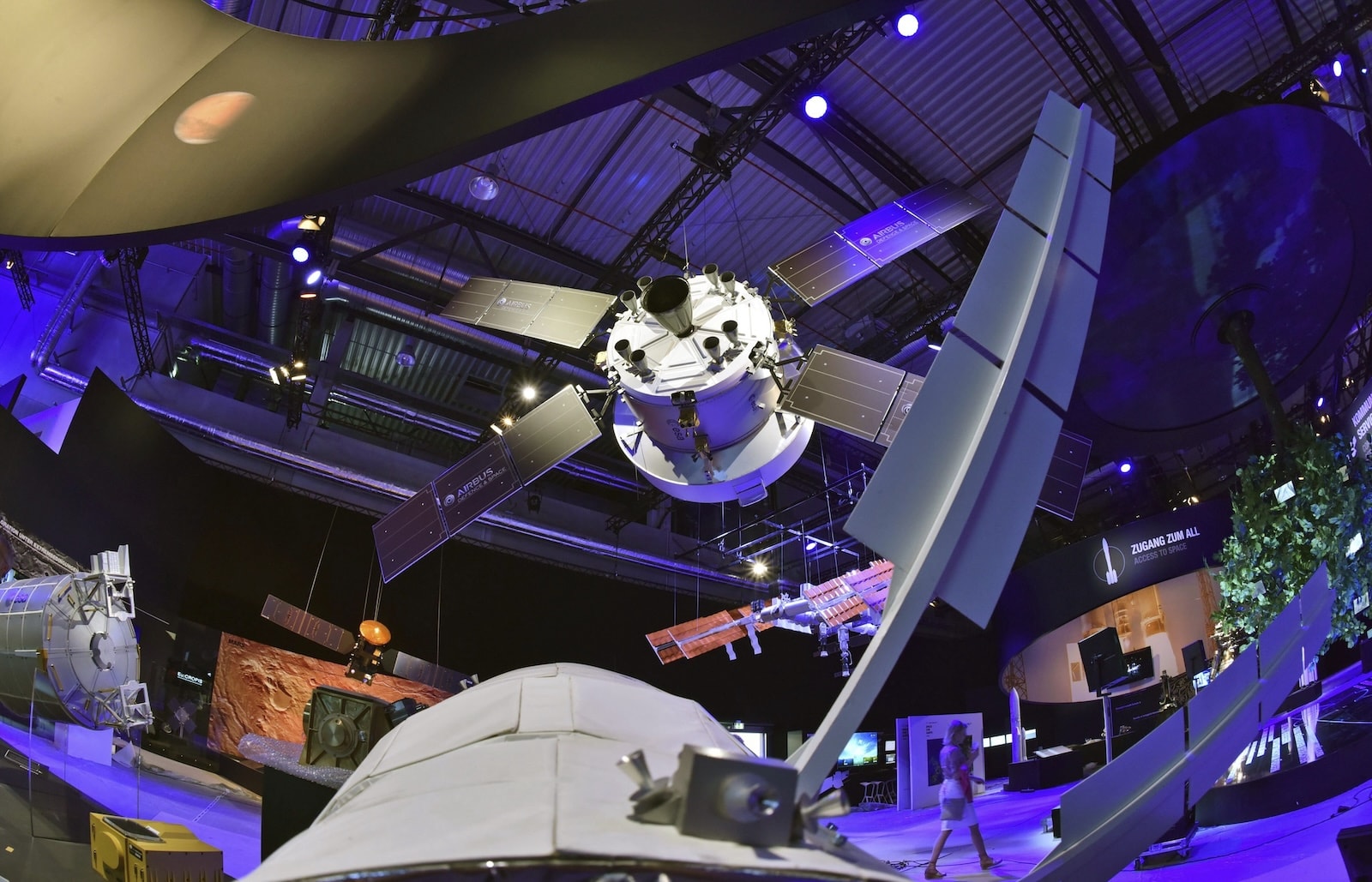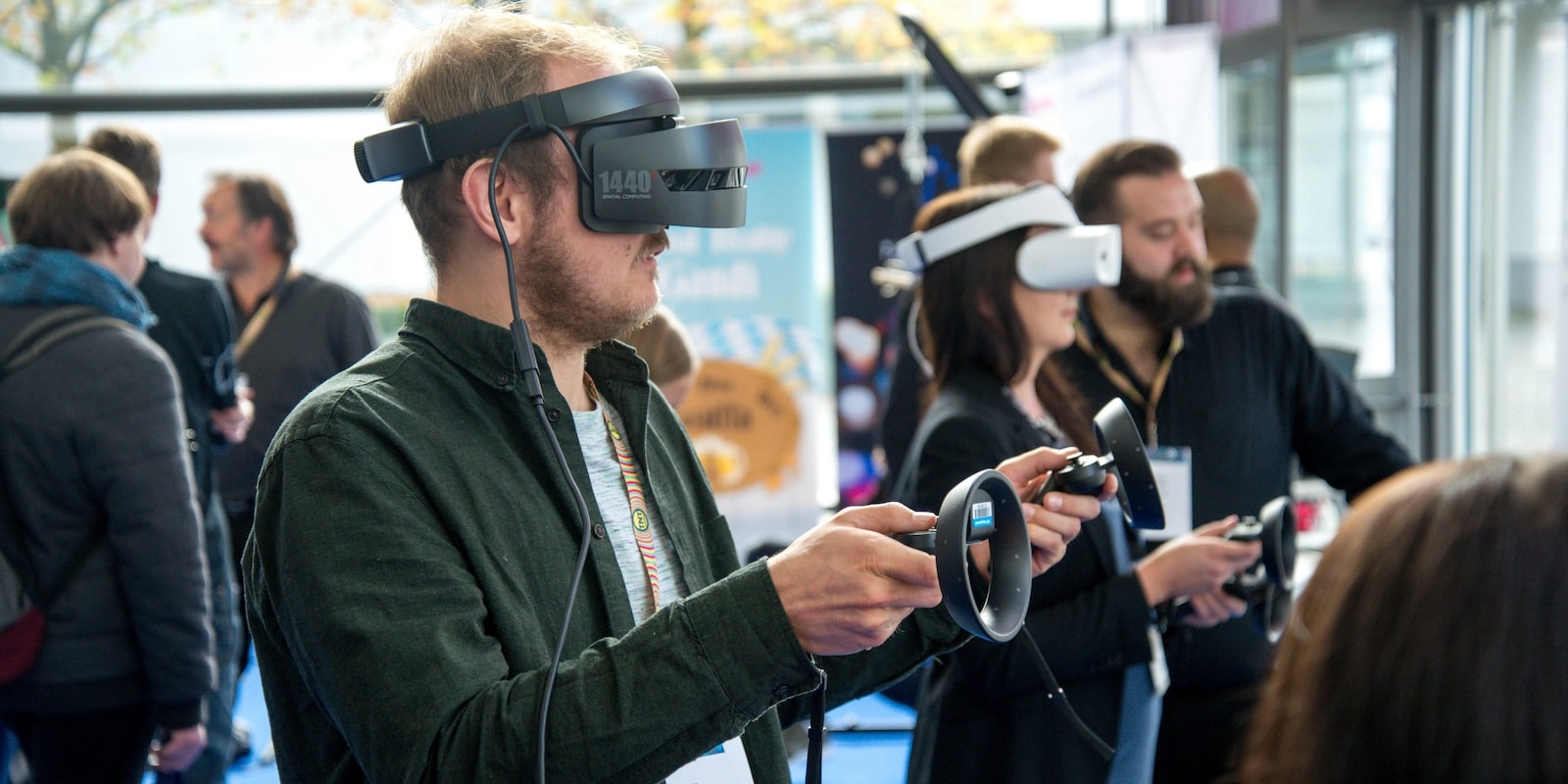Tuesday, July 29, 2025
Advances in smart home systems include automated blinds, awnings, or curtains that operate autonomously depending on the position of the sun, the time of day, and the outside temperature.
Spain enjoys many hours of sunshine. Depending on the region, the average might reach up to eight hours per day, giving a total of between 2,500 and 3,000 hours per year. This situation turns the sun into a powerful energy ally, but paradoxically, it can also potentially increase energy consumption during times like summer, when the balance between sun and shade is crucial for keeping spaces cool.
Given this situation, advances in smart home systems have given rise to the concept of smart shading, which refers to the automation of everyday elements such as blinds, awnings, or curtains so they can move autonomously depending on the position of the sun, the time of day, and the outside temperature.
Thanks to home automation, automatic shading can take on other functions such as adjusting the position of blinds to optimize the amount of natural light or gradually opening them to let the morning sun act as an alarm clock, always adapting to the room's user.
Windows also play a key role in smart shading systems. One particularly good example is electrochromic glass, which can adapt to light conditions in real time. These panes of glass darken when the sun shines directly on them and turn lighter when protection is not needed to maintain a stable temperature throughout the day.
These innovative solutions also offer other advantages such as preventing damage caused by wind or hail during storms or helping the heating system to retain heat in winter.
How do they do it? Thanks to sensors that send information to a software program, we can control the position of our blinds, awnings, or windows in real time or adapt them to the weather forecast using our mobile devices if we’re out of the house or our voice if we’re at home.
Some of the advantages of smart shading, such as improved energy efficiency and temperature control, can also be implemented outside the home. In Europe, several warehouses have installed panels at height to mitigate the effects of the sun. For example, a pilot project at a winery in Aranda de Duero (Burgos) involved the installation of photovoltaic panels at a height of 4.5 meters, equipped with sensors that measure solar radiation, as well as other devices located among the grapevines to record temperature and air and soil humidity. All this makes it possible to remotely control the orientation of the panels and obtain optimal weather conditions. By doing so, the shading is modulated either to avoid overexposure to the sun or to control torrential rains or frost. Meanwhile, in the region of Puglia in Italy, another winery has used automatic shading to protect its vines, delay grape ripening, and even plant varieties that were not typically grown in the area.
Architecture that learns from nature
Adapting to the environment as if it were a living organism is one of the key elements that connects smart shading and bionic architecture. Based on the premise that "nature did it first and did it better”, this trend offers a series of answers to this question, as indicated by Javier Gómez Pioz, architect and professor in the Architectural Graphic Ideation Department at the Higher Technical School of Architecture of Madrid (Polytechnic University of Madrid).
The main objective is to find buildable answers based on lessons from nature. "We mustn’t forget that what we consider a good solution for summer is not usually the most suitable option for winter." For example, a very well-lit and sunny house usually has a large amount of glass, but we must not forget that every square meter of this material is directly affected by the sun and radiates the same amount of heat as a 500-watt halogen heater into the building," points out the architect.
Likewise, he agrees that rigid solutions or elements should be avoided when building homes: instead of using traditional windows, opt for dynamic membranes (lattices) that could become more or less dense depending on the sun and heat.
Pioz also believes we should look back and "learn a thing or two from our grandmothers.” For him, "the secret to climate control lies in a balanced disposition of sunny and shady areas, which promotes air circulation," hence the importance of cross ventilation decades ago.
Almost thirty years ago, Javier Gómez Pioz, alongside María Rosa Cervera and Eloy Celaya, gave shape to the project known as the Bionic Tower, a revolutionary proposal that came to life in 1997 and was presented that same year in London. After 15 years of nature-inspired research studying trees, spider webs, and birds, the team developed an innovative structural prototype that could reach heights of up to 1,200 meters. A "traditional revolution of current rectangular layouts." Its objective was to propose a new way of building more efficient and sustainable vertical cities.
Multiple projects have been developed based on this concept, such as the Westin Towers in Kolkata, the Chang Kat Kia Pen skyscraper in Kuala Lumpur, Chengdu City Hall, or the Al Bahar Institute in Abu Dhabi, which has kinetic facades that mimic this biological response to naturally control the building's temperature. A system that makes the building function like a sustainable organism: just as much as needed, without waste. And a metabolism that smart shading uses to regulate temperature as efficiently as possible.
¿Te ha parecido interesante?





